
Brooklyn’s ‘River Hag’ Searches for Life in One of America’s Most Toxic Waterways
Greenpoint’s Newtown Creek was the site of one of the worst oil spills in U.S. history.
Karolina Zaniesienko sinks a hand into the gunmetal gray ooze lodged in a gap in the pavement. The thick, yellow dishwashing gloves, she explains wryly, are, “because I don’t want to get sepsis.” We’re standing at the northernmost tip of Greenpoint at the edge of Newtown Creek, a narrow body of water that runs between Brooklyn and Queens for 3.8 miles before it meets New York’s East River. Behind us looms a wastewater treatment plant and, in front of it, an immense barge loaded with trash. An ominous, iridescent shimmer lingers in the places where the water stagnates.
Upon closer inspection, a series of bumps in the muck reveal themselves to be mussels, maws agape. Zaniesienko gently pries a fistful of mollusks free, then places them in one of the five-gallon buckets in her pull cart. After she’s loaded up, we wander in search of other jerry-rigged bucket traps, today baited with instant ramen noodles.
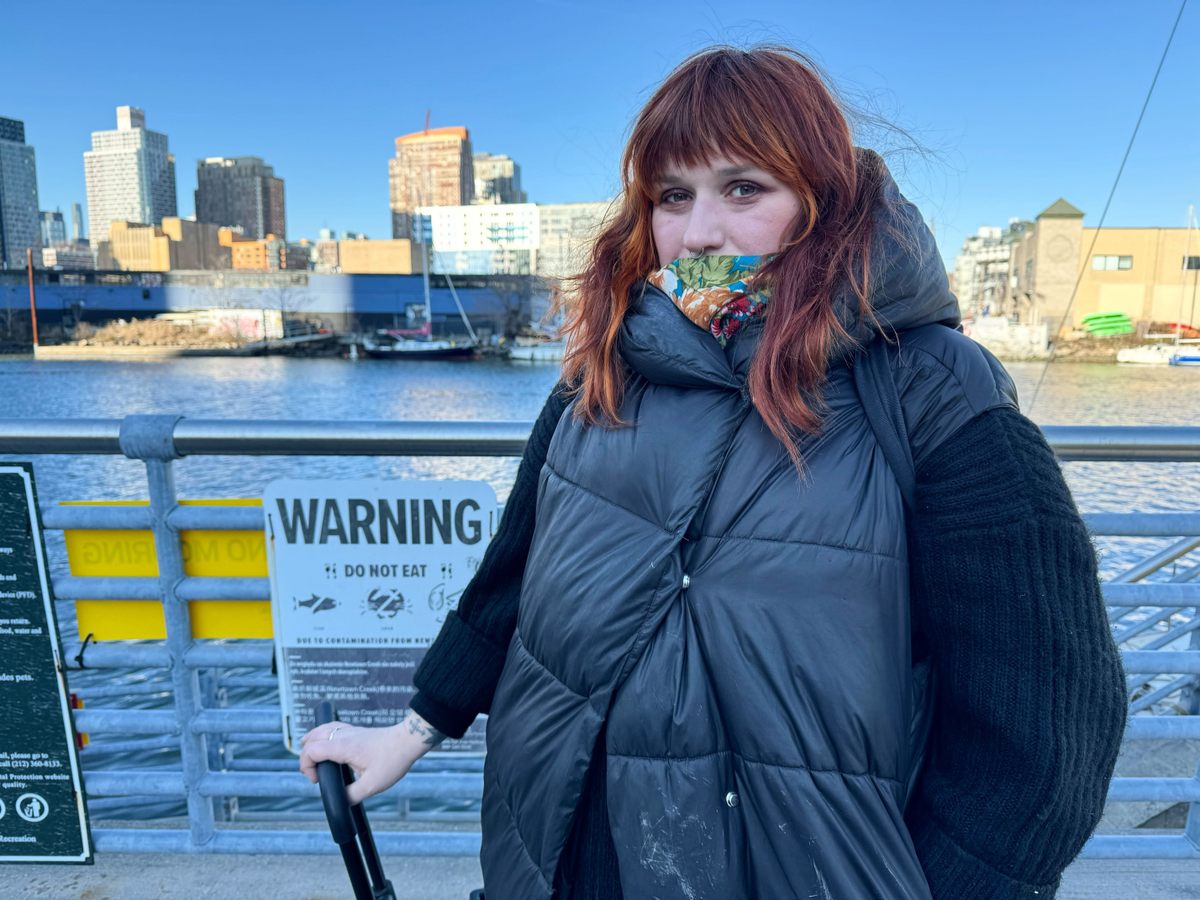
What started as a casual hobby has grown in scope, to the point where a friend declared her a “genuine river hag.” Zaniesienko, who has lived in Greenpoint for 40 years and bartends in the neighborhood, is not a trained biologist, but she is one of the most knowledgeable people about one of the most polluted waterways in the United States. Since November 2022, she’s gone out almost daily with a set of makeshift traps—a specimen collection project she calls “fishing.”

It’s her euphemism for searching for life in the wreckage of more than a century of man-made ecological neglect and abuse. By the mid-1800s, Newtown Creek was a free-for-all dumping ground for the factories lining its banks. The Peter van Iderstine Plant was especially infamous for disposing of processed animal carcasses, including the remnants of an entire circus elephant.
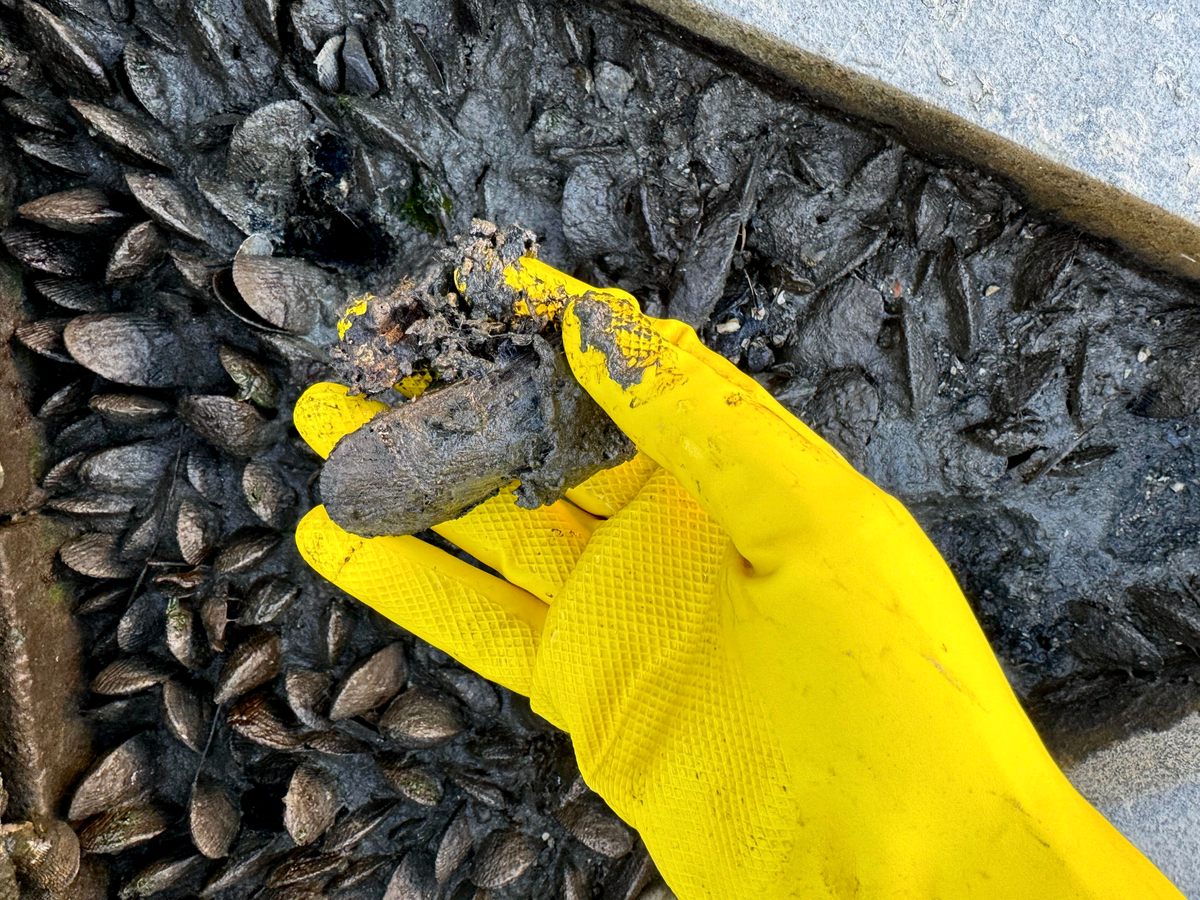
Then during a routine helicopter patrol in 1978, the Coast Guard spotted a plume of petroleum glinting in the creek near Meeker Avenue—not far from where Zaniesienko set her first traps. Upon further investigation, they discovered that the river of oil flowed from a subterranean lake. The Greenpoint Oil Spill, as it’s commonly known, was more than double the volume of the devastating 1989 Exxon Valdez oil spill in Alaska’s Prince William Sound.
“Calling it an oil spill is a little bit of a misnomer because, one, it wasn’t a single incident, but rather the result of decades of poor storage and mishandling of the product,” says Willis Elkins, executive director of the Newtown Creek Alliance, a community-driven organization that oversees the waterway.
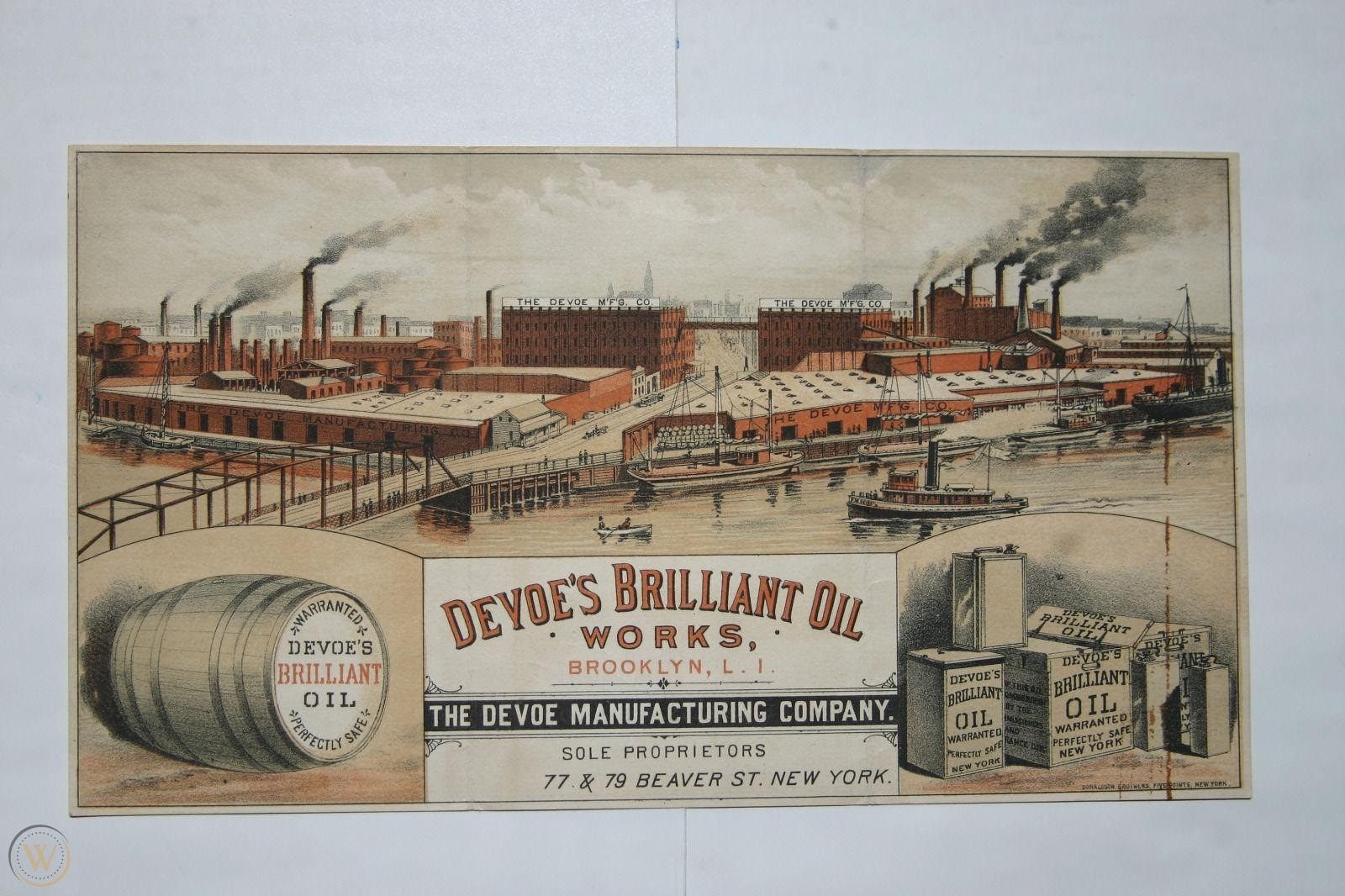
Over the course of several decades, ExxonMobil’s refinery had leaked anywhere from 17 to 30 million gallons of oil into the local fresh water supply. Authorities have since pulled a staggering 12.9 gallons of oil out of Newtown Creek, but there’s a long way to go.
Cleanup efforts didn’t start until 1990 and, even though the area was declared a Superfund site in 2010, they remain slow. At present, five to six feet of industrial sludge laced with raw sewage and petroleum known as “black mayonnaise” lines the riverbed. The creek’s toxicity has transformed it into a sort of no man’s land, an area on the fringes of the map and the law.
“Newtown Creek is a border. Unlike other waterways that are more integrated, it’s at the periphery of lots of neighborhoods,” Elkins says. Most of the shoreline is zoned for industrial use, creating a barrier between residential neighborhoods.

In 2021, The New York Times called it a “haven for off-the-grid squatters,” in reference to the Schamonchi, a decommissioned Martha’s Vineyard ferry, and other rusting, quasi-legal houseboats moored here. The vibe is vaguely dystopian, especially after a storm stirs up the liquid tar, carcinogenic PCBs, and heavy metals like mercury and lead lurking in the creek’s depths.
“Whenever it rains, everything just comes out to the river in the creek,” Zaniesienko tells me. “The boat people won’t go out on it. I won’t fish.”
And yet, nature persists. In the fall of 2022, Zaniesienko saw an image of a glass fish tank in the office of the Newtown Creek Alliance. “It had never occurred to me that there might be stuff living in the creek,” she says. She decided to investigate.
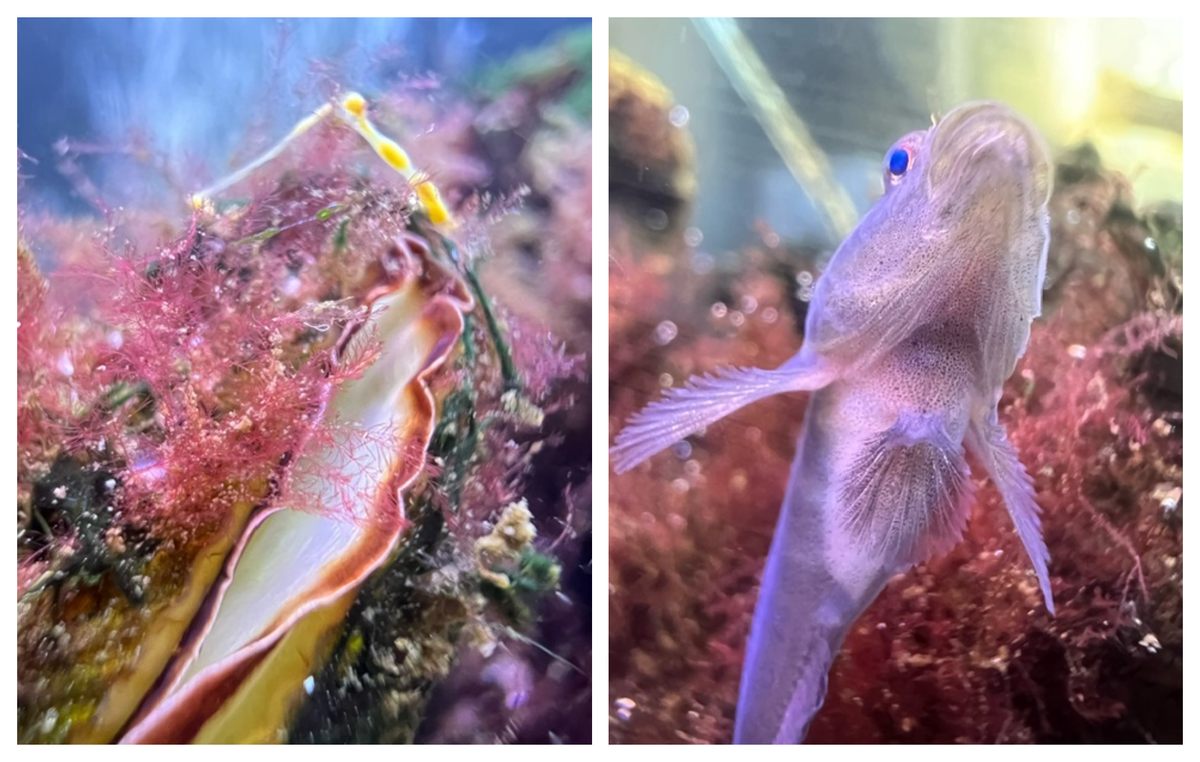
Zaniesienko baited her first DIY trap with some leftover chicken she had in the fridge. “I tied a string to it and actually caught a fish with that,” she says. Early efforts yielded hordes of tiny, translucent shrimp and snails. She was hooked. “The first time I brought up snails, I was like, ‘Oh, my God, snails. I hit the jackpot.’ Now it’s like 5 million snails every time I drop.”
Each time, Zaniesienko takes her catch to her home-built aquariums, where baby black bass, blue crabs, bristle worms, sea sponges, and brine shrimp all coexist for fleeting periods. Zaniesienko documents her findings on Instagram. Fluorescent-hued and oddly haunting, the resulting images showcase species living on the edge.
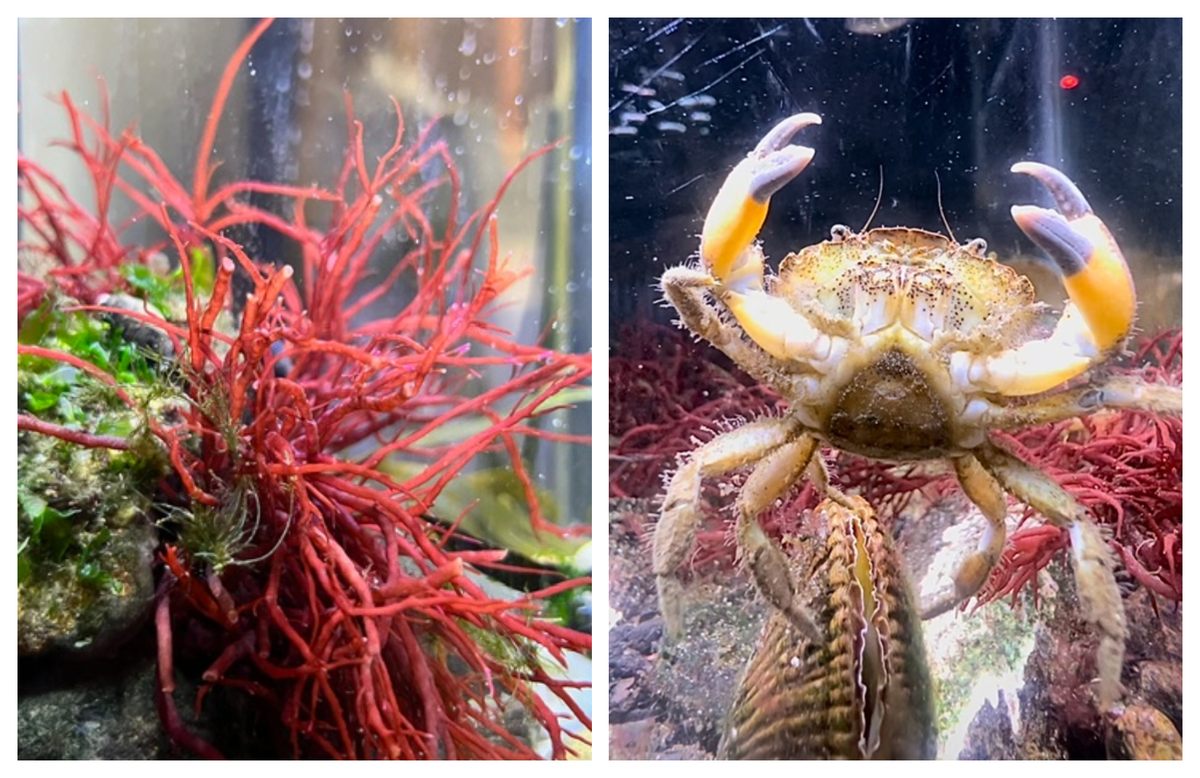
Like much of the activity that takes place around the creek, Zaniesienko’s traps are in a legal gray zone, but the Newtown Creek Alliance believes they’re an important public service. “[Karolina] is doing an awesome job on the documentation side,” Elkins says. “It’s not about necessarily changing the narrative, but informing people that Newtown Creek, despite all the horrific contamination and ongoing pollution sources, is an ecosystem and connected to this larger, amazing estuary that surrounds New York City.”
Zaniesienko has a few rules. First, she only uses water from the creek itself, even if it means cleaning her tanks more frequently. Hauling buckets up to the stairs to her third-floor walk-up has become an increasingly daunting task.
“[Using water from Newtown Creek] is partly a philosophical thing,” she says. “I think that a lot of times, tank-keeping ends up being about control and kind of trying to be the God of your own planet’s existence. I just don’t have the headspace to create this perfect fake environment, so I try to keep it as unaugmented by my own hands as possible.”
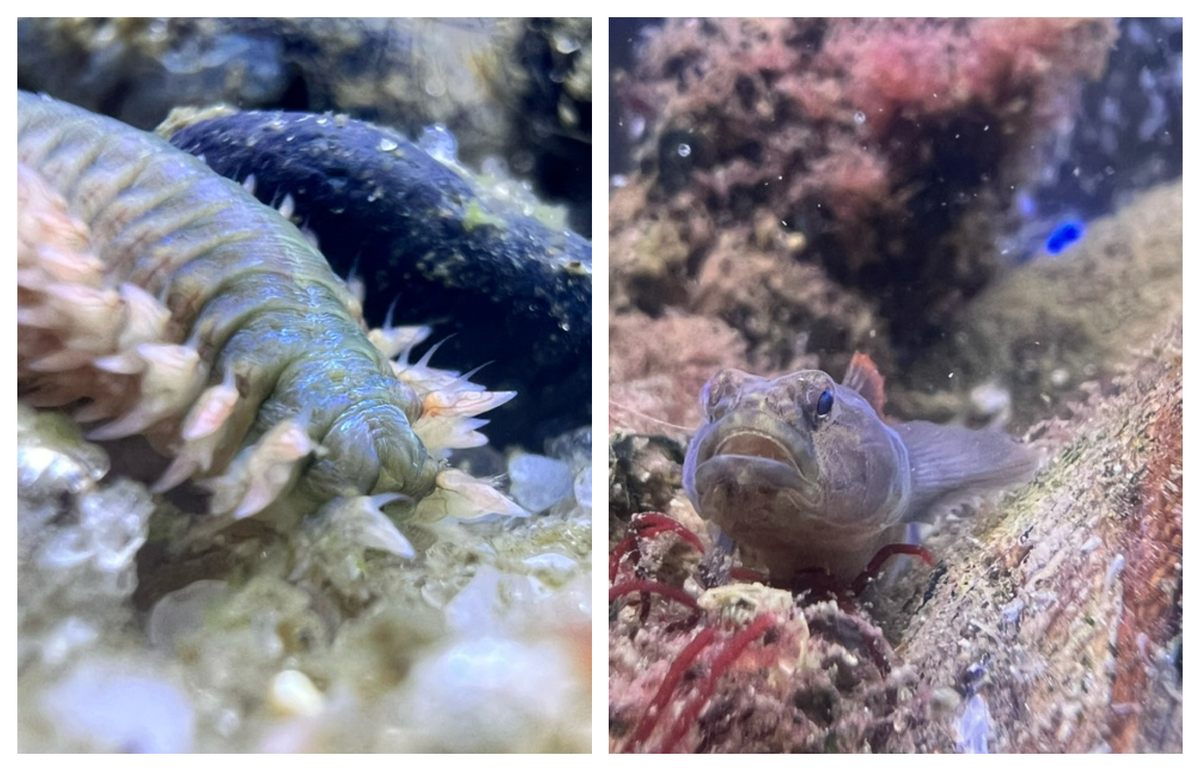
Her second rule is that she releases everything back into the wild after two weeks or so. “I don’t consider them pets,” she says. “I had to put back baby black bass that started eating all my shrimp, as well as a flounder that started getting too big.”
On occasion, she catches pipefish—slender, seahorse-like critters with tubular snouts—even though she knows she can’t keep them for long. “They’re so beautiful,” she says. “But they don’t have stomachs, so they have to eat all the time, and they don’t eat anything that’s not alive.”
All of this started in part because Zaniesienko found herself on the mend from a breakup and in need of space for herself. “This coincided with a time in my life where I was like, I’m going to be very solitary for a while.” In self-imposed isolation, however, she found a much larger community. The more Zaniesienko monitors her catch with a microscope, the more onlookers in internet forums have reached out with helpful advice and species identification tips.
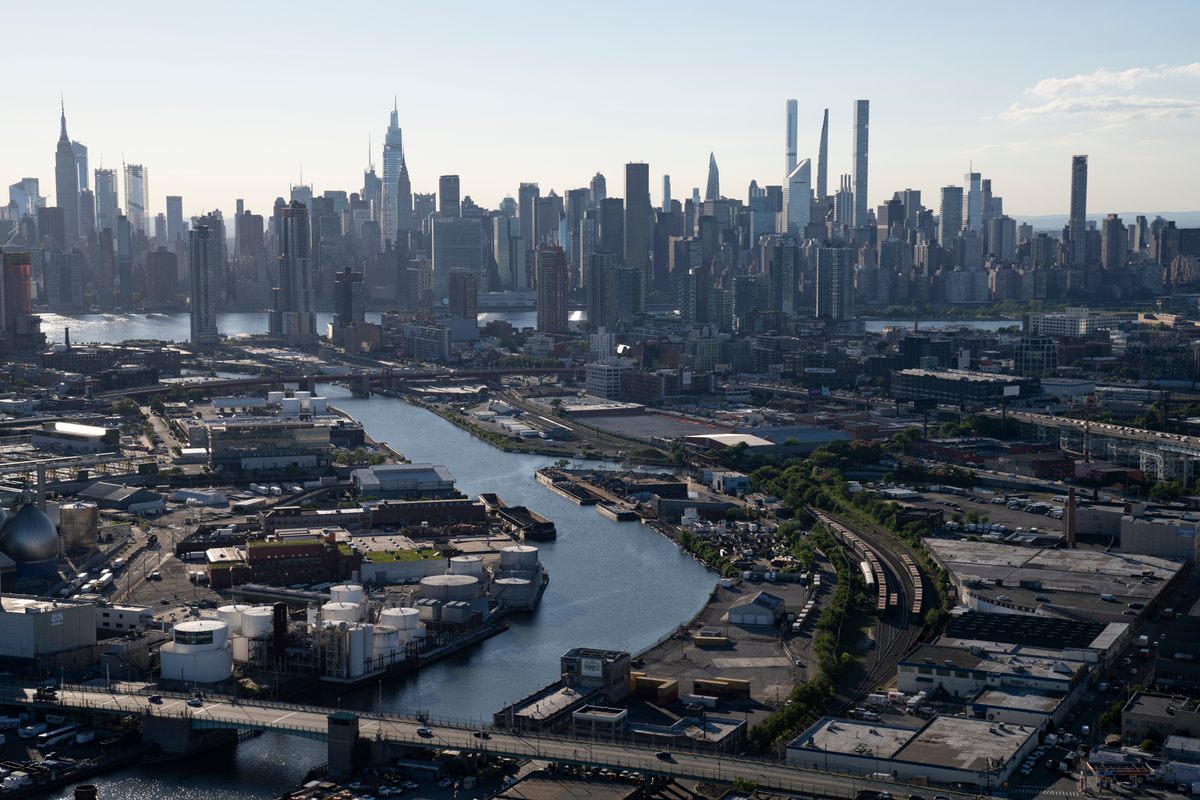
“I thought the fishing [community] would be more chauvinistic, kind of like a boy’s club,” she says. “But every single person that I’ve talked to about fishing has been so cool about it. It’s full of respect towards our inability to know nature sometimes and how little we control the natural world.”
All around her, Greenpoint continues to change at an accelerated pace. What was a predominantly a working-class immigrant neighborhood is now a hotbed of development, with the average rent soaring to $4,500. While Zaniesienko collects her traps, I glance up at the high-rise towers, built right along the creek despite protests and concerns of the project’s impact on a Superfund site.
The future of both the ecosystem and the neighborhood feel especially precarious. As we head back inland, buckets of creek water sloshing in the cart, she turns to me and says, “I just think you’ve gotta do your part to keep New York weird and interesting and grassroots.”

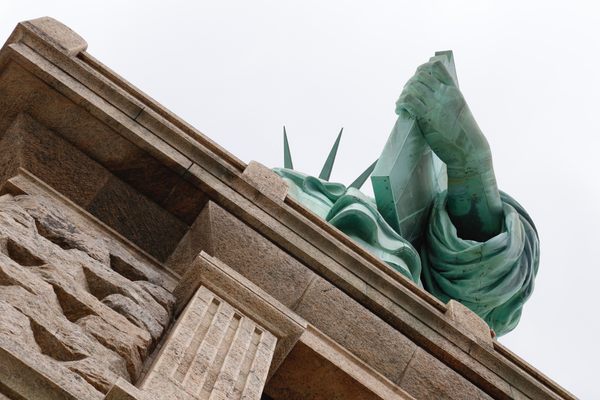

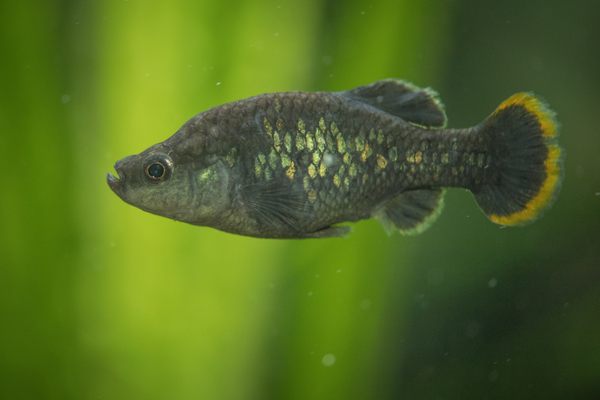
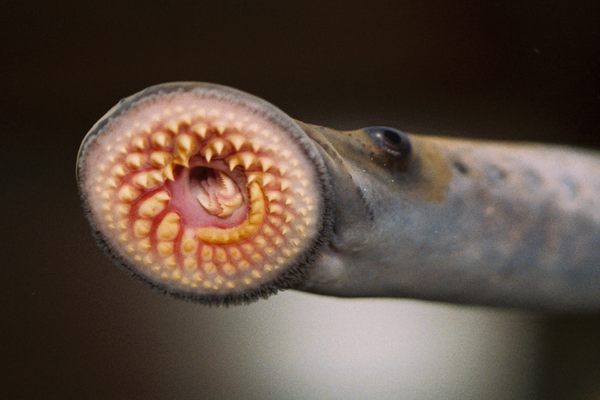
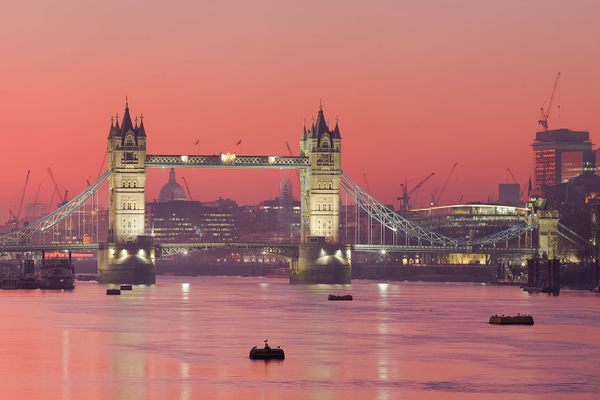
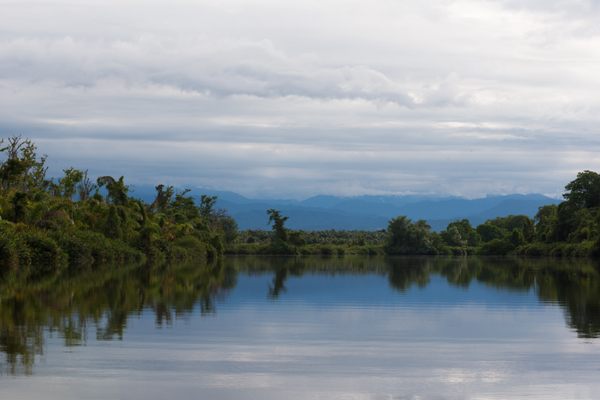




Follow us on Twitter to get the latest on the world's hidden wonders.
Like us on Facebook to get the latest on the world's hidden wonders.
Follow us on Twitter Like us on Facebook